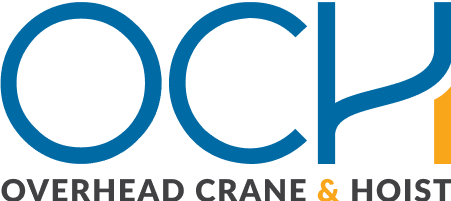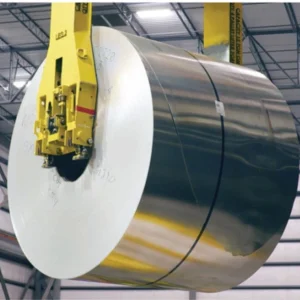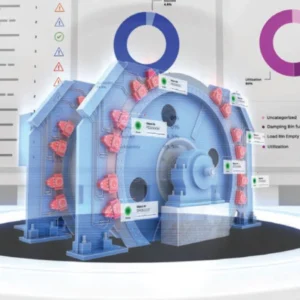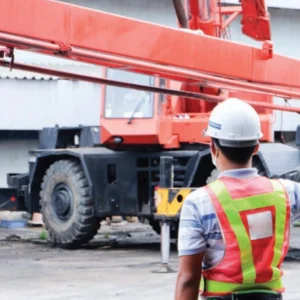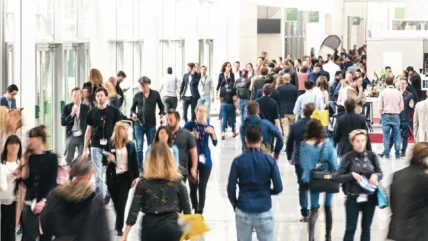
As companies prepare for the next round of trade shows, decisions about whether to pay for a booth and – if they choose to exhibit – how to present their products, will loom large. The proliferation of smaller trade shows are muddying the waters, while the larger shows are having to adapt to ensure they are attracting the right companies and the right level of decision-maker.
Following the Covid pandemic, when virtual shows acted as substitutes for traditional in-person events, is there a keener appetite to meet in a physical location? Or has the virtual experience diminished the need for traditional networking? Does a presence at a show carry the same weight in marketing terms as it once did? And how do cutting-edge technologies like AI affect the exhibition experience?
We put these questions to an experienced panel of experts. Steve Napieralski is president of OZ Lifting Products, the Minnesota-based manufacturer of quality lever hoists, chain hoists, davit cranes, beam trolleys and winches. Tim Bambrick is senior vice president of sales and marketing at Spanco, which has more than four decades of experience in material handling solutions. Joel Cox is global sales director at Dellner Bubenzer, which manufactures braking systems for cranes and hoists. Ken Lee is sales and products vice president at YOKE Industrial Corporation, headquartered in Taiwan but with operations in Canada, which has increasingly integrated digital solutions into its exhibition activities.
What are the biggest pain points of traditional trade shows today?
SN: One of the biggest challenges we faced was the lack of reliable internet and cell service, making it nearly impossible to engage with attendees in real-time through social media or digital promotions. We had intended to post live demos in real-time during the show, but due to the lack of service, we had to wait until we were off-site to post.
There is generally a real lack of ROI tracking beyond lead collection. To improve exhibitorattendee connections, AI matchmaking could be a game-changer, helping attendees find the most relevant exhibitors and vice versa. Cost is another major consideration when attending trade shows – logistics, booth space and material handling fees add up quickly, making exhibiting a big investment.
TB: From a manufacturing standpoint, we find that the small shows don’t give exhibitors enough notice about when the setup time is. Bigger shows give us a better rollout, so we can plan accordingly, but it can be difficult at the smaller shows. When do we need to get our people there? What do the shows need from us? When do they want to be paid? All of these questions are important. The more planning time they can give us, the better it is for anyone who is presenting. Of course, every trade show will always have some last-minute issues – that goes with the territory.
JC: Given that I’ve organised and been a part of more than 130 trade shows over the past 13 years, one thing is true – there are many challenges. One of the biggest pains is keeping people there on the last day or making that last day beneficial. The AISTech steel show started doing a truck raffle on the last day to keep people in attendance, since the winner must be present.
KL: High exhibition costs, low-quality foot traffic and difficulty tracking post-show ROI are common concerns. We address these by focusing our booth experience on interactive demonstrations of our RiConnect compliance management platform via vertical screens. Visitors can simulate real use cases, making the conversation shift from ‘what the product is’ to ‘how it solves your compliance pain points’. Simultaneously, our digital tools help us capture leads in real time for seamless post-show follow-up.
How have attendee expectations changed in the past five years, and how should event organisers adapt?
SN: Since Covid, there has been a noticeable shift. Attendees are more eager than ever to experience products in person. Seeing and physically interacting with equipment leaves a lasting impression, which is why we bring sections of our carbon fibre and composite material davit crane mast to trade shows. Allowing customers to pick up the mast and feel its weight creates a sense memory, reinforcing their understanding of our product’s unique advantages.
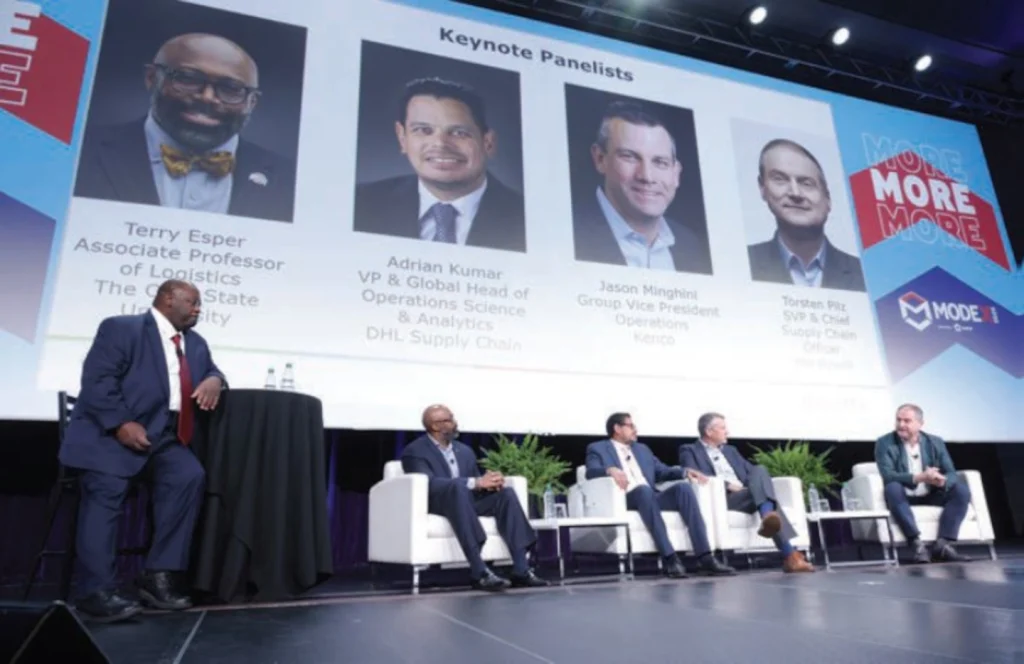
Event organisers should facilitate more hands-on product demonstrations and structured interaction zones that help attendees discover products more effectively. Digital integration also remains a key expectation. QR codes for instant product information, digital literature sharing instead of printed brochures and interactive event apps all contribute to a more streamlined and engaging experience.
TB: I think that, since Covid, trade shows have become a thing again. Before that, there was a sense that people did them just to say they were there. People were just walking the shows, but there was a lack of real purpose. Now, companies have changed and they are doing new things, showing new products, and people are attending with a sense of purpose again. Trade shows are still relevant now. You still see people returning after a couple of years, and companies have new issues to address, so they want to see what is out there in the industry. Post-Covid, we see more business owners walking the shows because they want the kinds of solutions the industry can offer. So, I would say trade shows have increased in value in the last few years.
JC: We are seeing some major shifts and it seems that many show organisers are not taking into account other large shows with conflicting dates. For instance, there are long-running shows that have always been on clockwork dates, so why would you try to conflict with those shows when it could affect attendance or make people pick one over the other. There is also a feeling that some of the right decision-makers are not coming to shows, and there needs to be a shift in the curriculum to justify attendance for some larger corporations.
KL: Today’s attendees expect more than static displays. They want engaging, solution-based experiences and ongoing digital access to content. Our booth no longer showcases products alone. It presents end-to-end life cycle compliance management. Organisers should support this shift by creating more thematic zones and enabling technology-focused engagements.
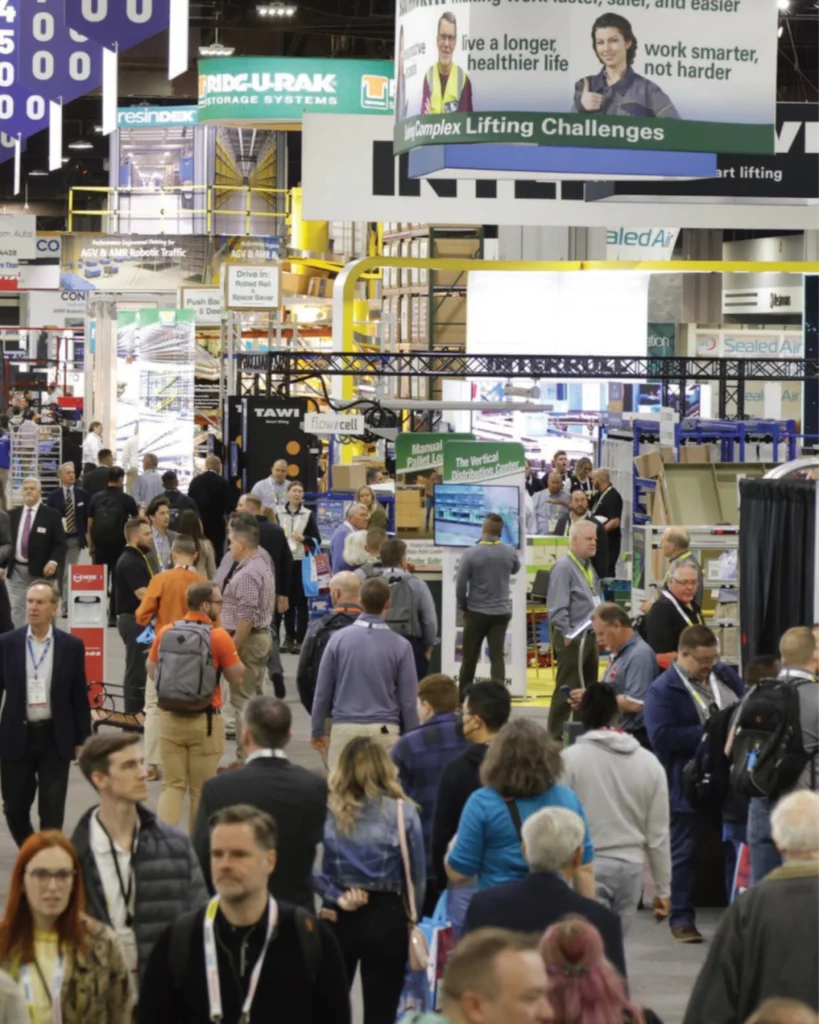
What strategies can organisers use to maintain and improve the quality of attendees?
SN: I think that exhibitors have an obligation to proactively advertise their presence at these shows across social media, newsletters, websites and other means. So, part of the responsibility lies with the exhibitors rather than the organisers. Nevertheless, I believe it would be helpful if event organisers provided more resources to help with that. They could provide media kits and pre-made templates, for example, to make it easier for us to promote their show.
TB: I think that the times are driving that anyway. The pressures from the economic situation, and the challenges in the market mean that more people are interested in coming to the shows. And, generally, the shows do a good job when it comes to promotion. You can easily see who is going to be exhibiting at a show, so I would say the organisers are already doing a decent job. Some of the shows have apps so you can plan a course through the show, and that is really useful. You don’t want to just show up without a plan. You can easily get lost without a map or an app.
JC: I think more attention could be paid to the curriculum, and shows could be more maintenance-minded, rather than just being display shows that only have glamorous displays.
KL: To increase the quality of attendees, organisers should partner with industry associations (like LEEA or API), implement invite-only sessions, and facilitate pre-qualified meeting bookings. Stronger registration systems that capture job roles and project interests in advance would allow exhibitors to tailor our engagement and allocate resources effectively.
What innovations in trade shows have you seen in other industries that the overhead crane and hoist sector could learn from?
SN: At the top of my list would be AI-driven lead scoring. Also, smart badges for attendee lead tracking would be really useful. Attendees’ smart badges can automatically log their visits and interactions in your booth, eliminating the need to manually scan or exchange contact info. Think of Amazon’s ‘Just Walk Out’ technology, for example. With that, the system automatically tracks what you pick up in the store and you don’t have to go through the payment process because you are billed automatically when you leave. Also, WEFTEC holds large-scale competitions and events that draw large, engaged crowds. More shows could benefit from performances or interactive events to keep people engaged.
TB: I’m not sure there are any, really. We do some trade shows outside the overhead crane sector because we are also involved in fall protection, and I have felt that shows in the overhead crane sector are on a par with others. Generally, people are doing the same kinds of things. Automation is a big theme at the moment, but the shows across all sectors are being operated in the same way. MHI, the material handling, logistics and supply chain association, puts on most of the shows we attend, though FABTECH is another one, and we feel that they are all organised really well.
JC: A show that I’ve really enjoyed watching thrive is Cleanpower OM&S – operations maintenance and safety. It feels like the right attendees are there. It feels more of a steel toe work boots show than dress shoes. The people at these shows are looking for tooling, innovation, bells and whistles, and it’s making an impact on decision-making.
KL: We’ve seen great use of AR/VR in the industrial automation and automotive sectors, enabling real-time simulation and diagnostics. In our field, similar innovations could allow customers to virtually experience inspection workflows or risk assessments, making RFIDbased solutions easier to understand and adopt.
Are traditional large-scale trade shows still the best format, or are smaller, more specialised events gaining traction?
SN: Given that we have a wide customer base, we find that there is value in both large and small shows. Some organisers hold small events in multiple states, but it is hard for a business like ours to attend every small show, so that can be an issue. We need more bang for our buck if we’re going to invest in booths, displays, logistics and travel, so there needs to be a clear value proposition for any show that we attend, whether it is large or small.
TB: For manufacturers, the big shows are very important. People meet each other and they see your name, and you establish a presence in the minds of the attendees. The smaller shows are great, and we still participate in them. We sell through a distribution network, so we support our distributors by maintaining a presence in regional shows. After all, if they get business then we get business, so everyone wins. You need to do both the small shows and the large shows, but it is important to understand that they serve different purposes.
JC: I think the large formats are still the way to go, but the frequency of small events seems to be stealing their thunder. It is getting harder for small or mid-sized companies to keep attending these events. Sometimes there is a misconception in the industry that if you don’t show up or have a booth then you must be doing badly as a company.
KL: Large-scale shows like ONS and ADIPEC remain essential for global branding and top-tier connections. However, we increasingly find that smaller, specialised workshops or regional events deliver deeper technical engagement and stronger conversion potential. For this reason, we pursue a dual-track approach: big shows for visibility, smaller ones for impact.
What role do virtual and hybrid events play in today’s industry? Can they replace inperson trade shows?
SN: People learn in three ways: sight, touch and hearing. I believe that virtual events limit the ways some people can absorb information. That has a definite impact on how well you can establish a relationship. Virtual events lack hands-on product interaction and relationship-building, which is ultimately what trade shows are all about.
TB: I remember doing the virtual shows during the pandemic, and I have to say that they did not do much for us. It was very awkward for the presenters in virtual booths, and for the attendees. It always had the feel of a 1990s AOL chat room. When you walk into a booth at a trade show, people smile. There is more communication and you can learn more from the interaction. I am all for in-person events. I don’t see the virtual events taking off unless there is another pandemic.
If I had to pick, I would say you get more traction with customers in person, and you get way more done. Your peripheral vision is a hundred times greater in person. I was at a trade show recently and I was able to search for who would be there, and I identified some people I wanted to meet. But when I got there, I went in many different directions and networked much more. With virtual events you have horse blinders on.
JC: We have done and participated in such shows, but nothing can replace the in-person experience, though I have seen some nice 3D virtual events. We have started shifting to more videos displaying our products than shipping a massive tonnage of products to events with no real guarantee that customers will touch or want to feel the craftsmanship of our products. That is partly why we have invested in highly detailed backdrops showing products as discussion points.
KL: While we do not believe virtual events can fully replace in-person trade shows – especially for tactile products like lifting accessories – we do see value in hybrid models. Online pre-show demos, interactive product pages and followup videos extend our reach and reinforce key messages beyond the booth.
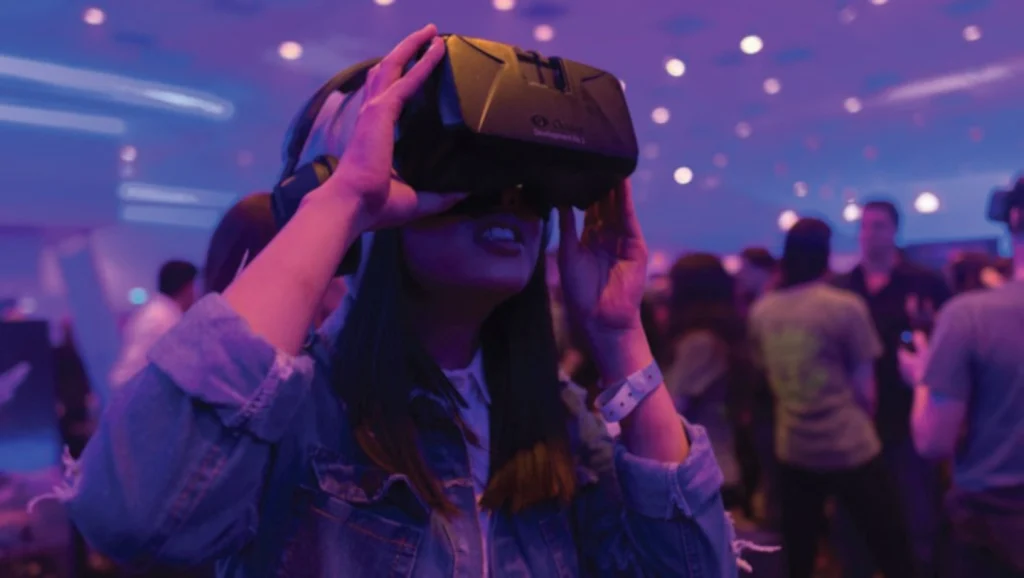
How can AI enhance the trade show experience?
SN: AI has the potential to transform trade shows by making interactions more targeted and efficient. AI-driven lead scoring can help exhibitors identify and prioritise high-value prospects, leading to more effective follow-ups. On the attendee side, AI-powered recommendations within event apps can direct visitors to the most relevant exhibitors, sessions and networking opportunities based on their industry, interests and behaviours. These enhancements create a more personalised and productive experience for everyone involved.
TB: When it comes to AI, it can be beneficial for an exhibitor by taking lead generation from the show and putting it into their communications. For example, you can send a message to say thanks for dropping by. If you scan a badge and generate a lead, logging that a particul ar person is interested in a specific product, then AI can help by automating some of your messaging. AI is good at helping with the simple automation of some tasks, but it is also potentially dangerous. It comes back to the early days of computing when people would say ‘garbage in, garbage out’, so we can use it for some tasks but we have to be careful about how AI is implemented.
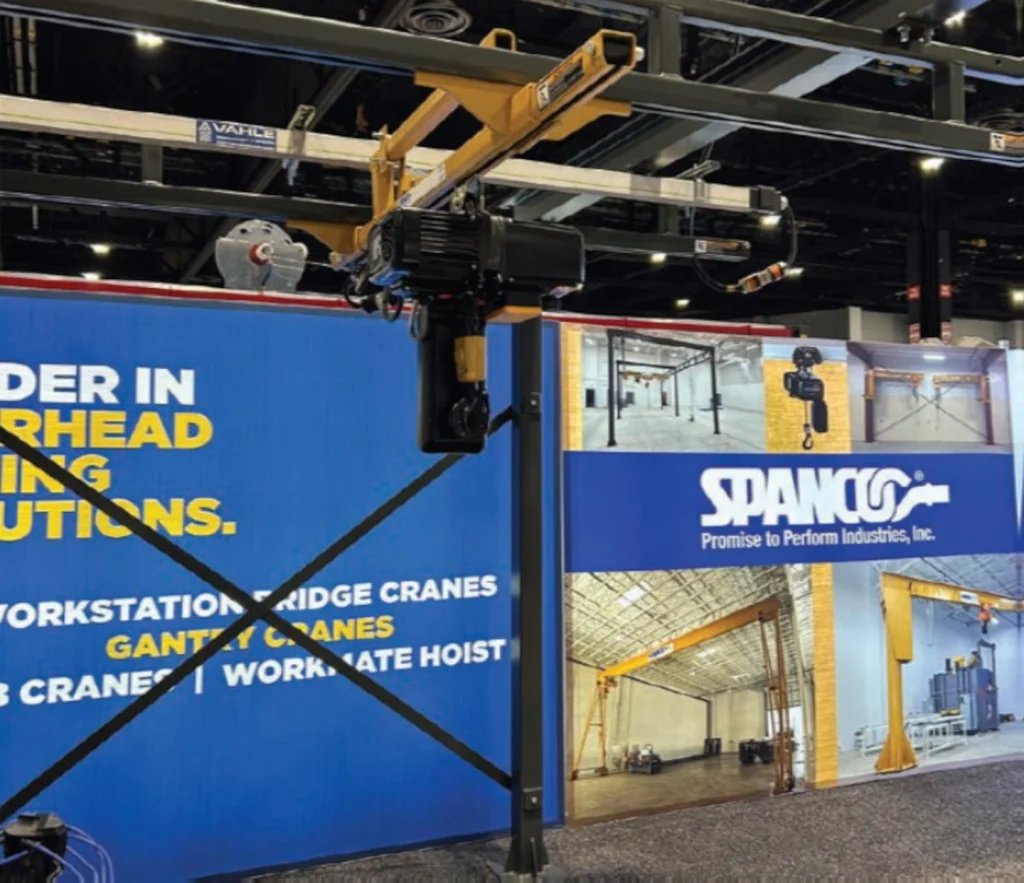
JC: We are pondering how to advance in this as well. With facial r ecognition, will there even be business cards one day? On my international flights, I rarely need to pull out a passport. The days of dropping your business card in a fishbowl to win a prize might be over. Things are advancing – trying to predict and play Nostradamus on trade shows is the r eal challenge now. What will catch attention? What does the industry need? These questions are on our minds daily.
KL: AI can greatly improve pre-show matchmaking by identifying target visitors based on industry and role, delivering personalised booth experiences – such as adjusting demos based on visitor profiles – and automating post-show lead scoring and segmentation. We are currently exploring ways to integrate such AI features into RiConnect.
